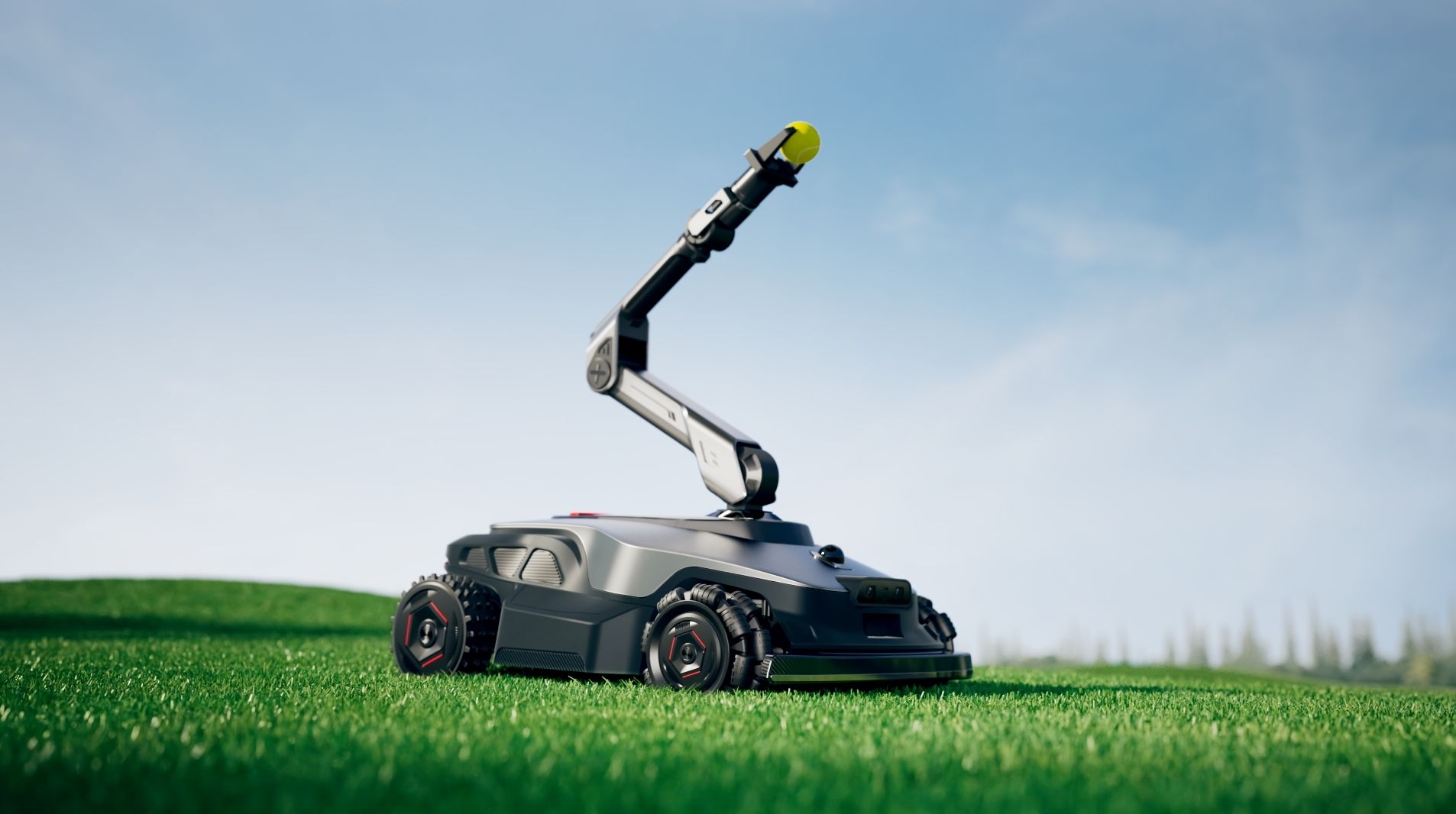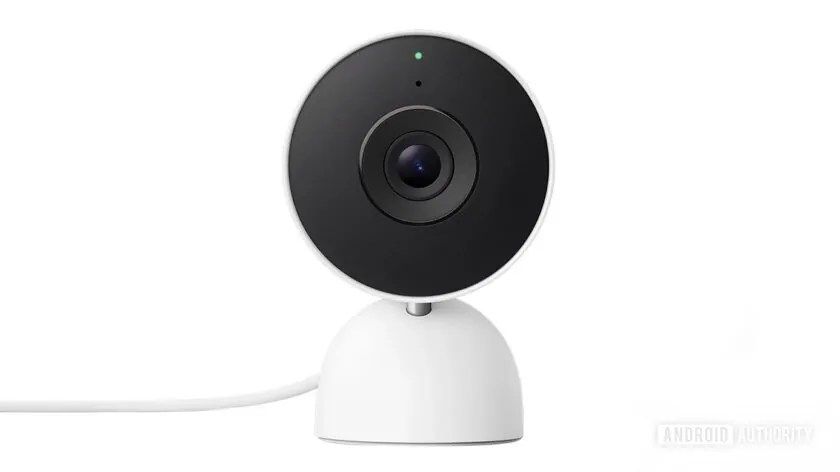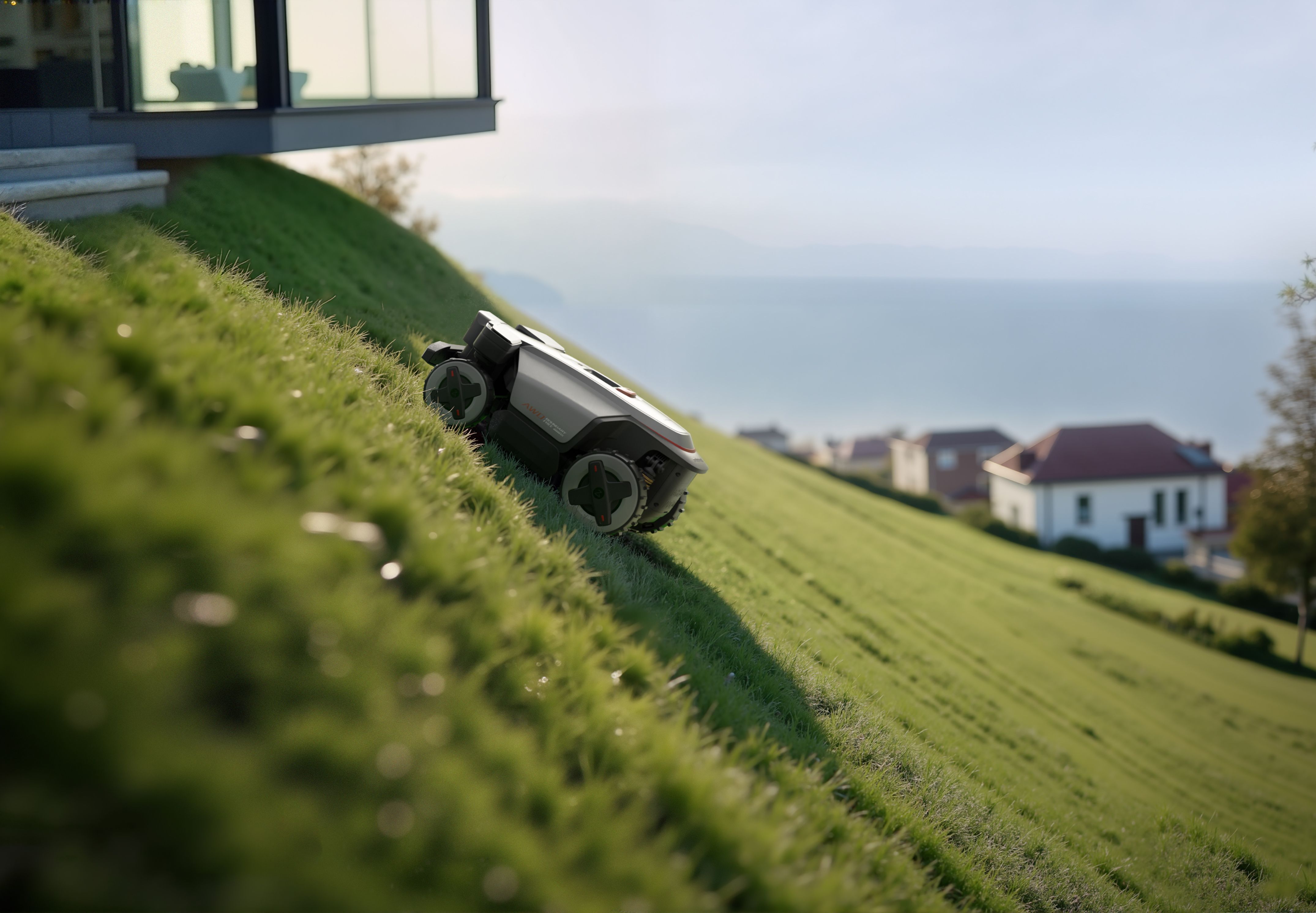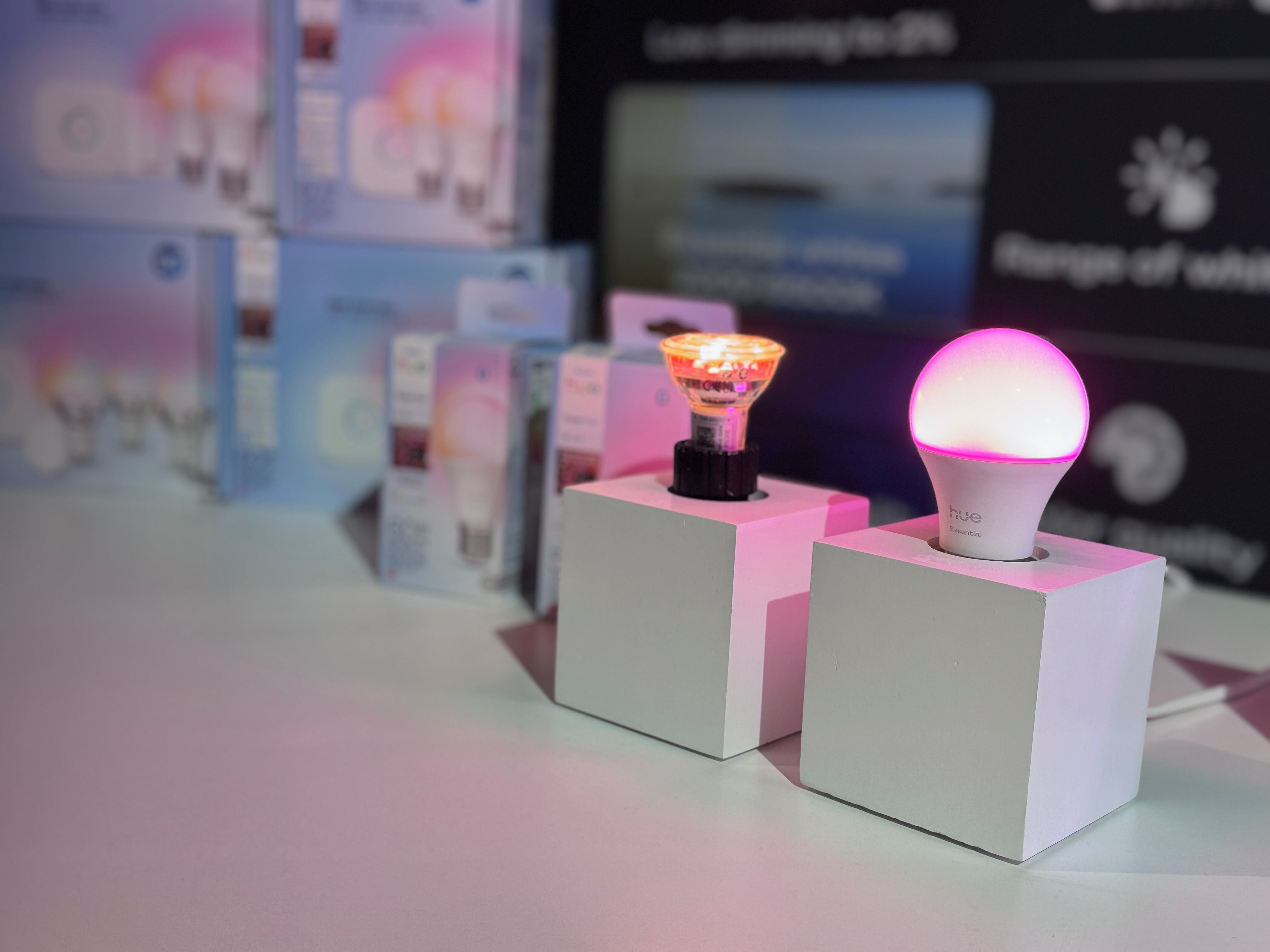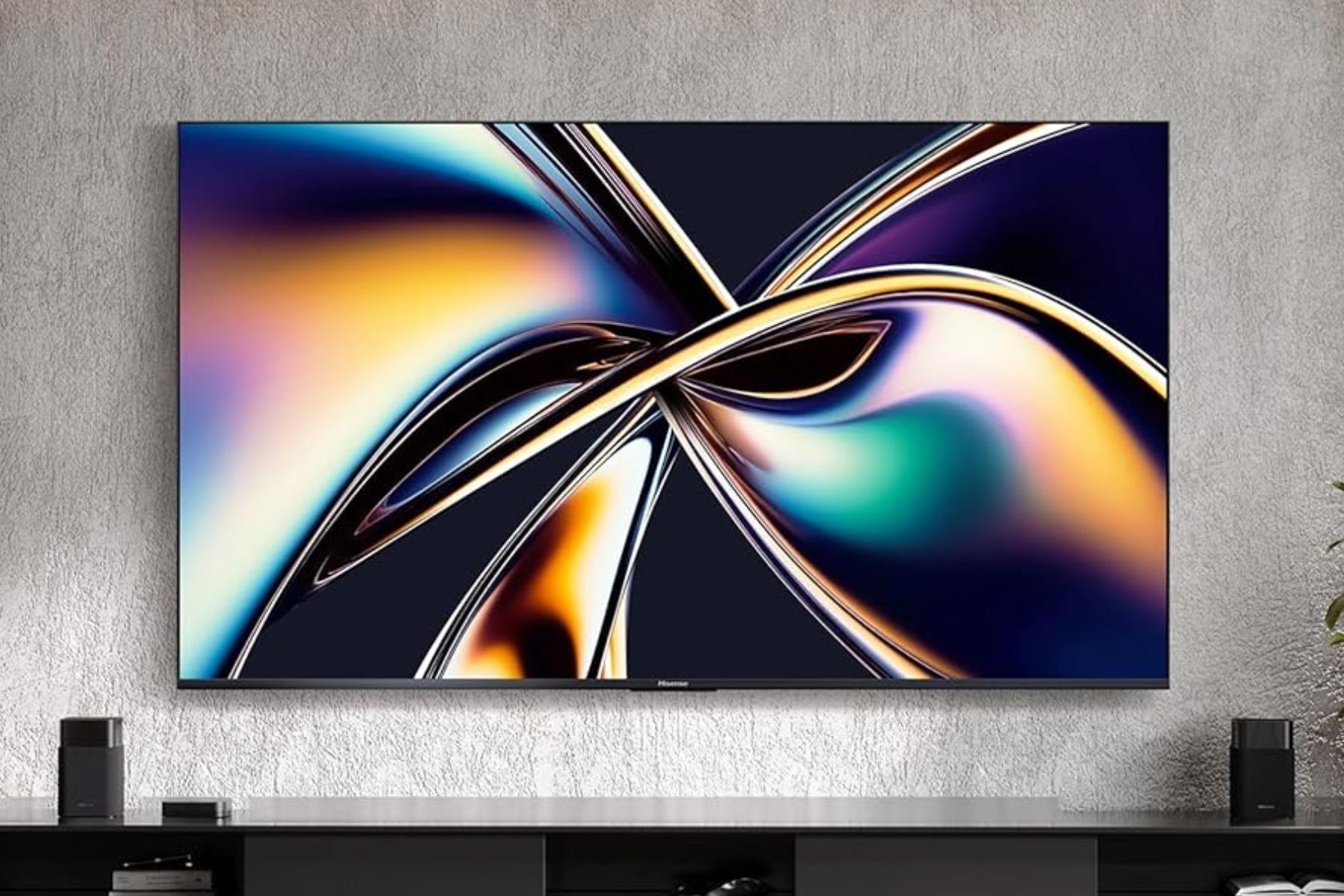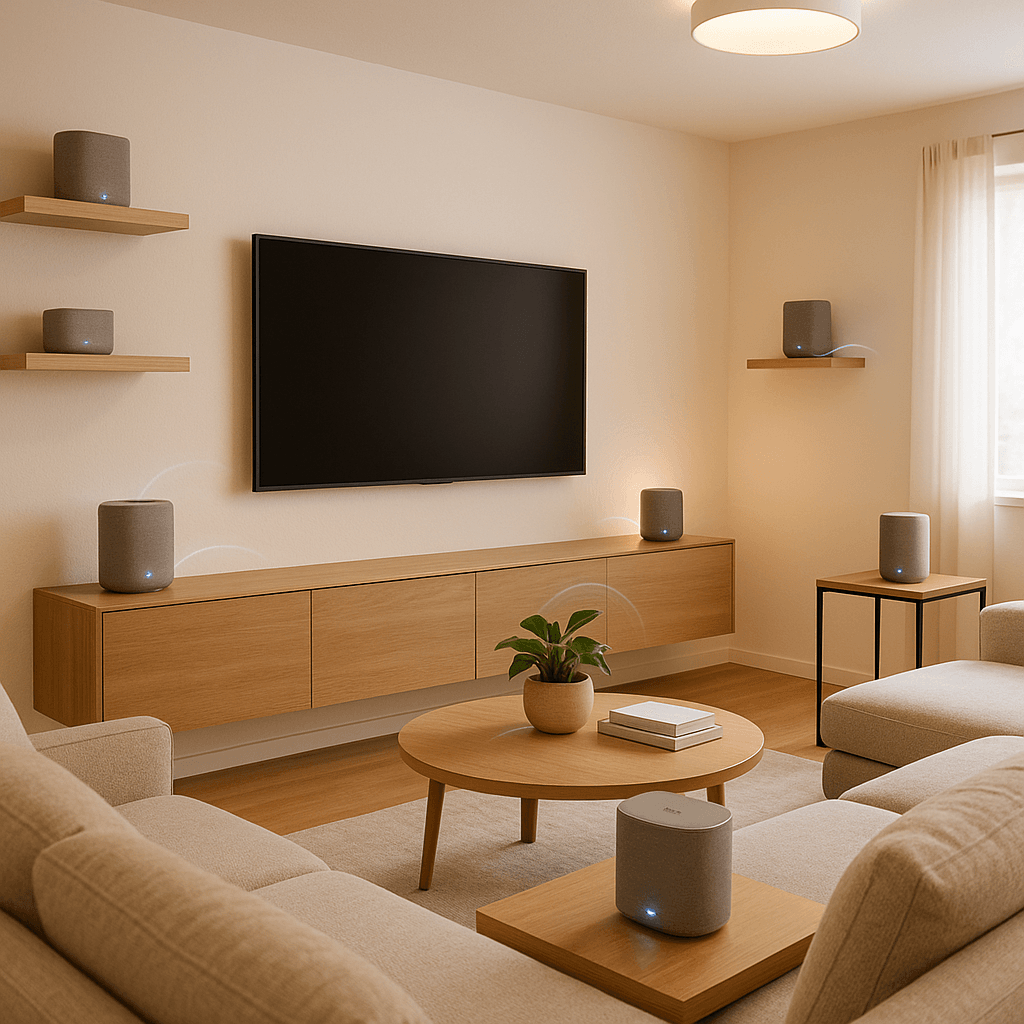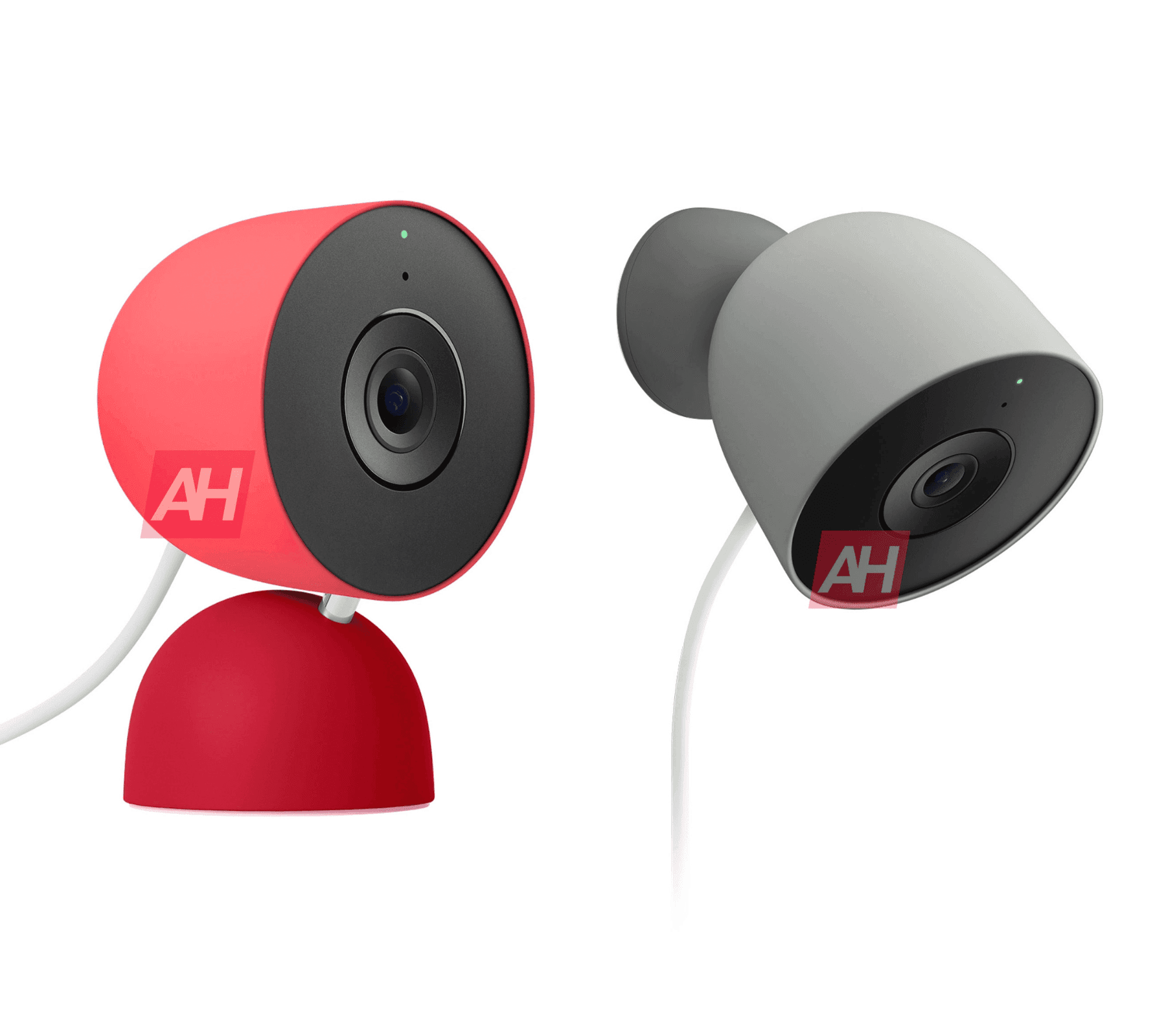The robotic lawnmower just got a major upgrade. NexLawn, a subsidiary of Chinese tech giant Dreame, unveiled the Master X Series Concept at IFA Berlin — the first autonomous mower equipped with a fully functional mechanical arm. This isn't just about cutting grass anymore; we're talking about a robot that can pick up debris, trim hedges, harvest fruit, and even throw tennis balls for your dog.
NexLawn just turned the humble robotic lawnmower into something resembling a mechanical gardener on steroids. The Master X Series Concept, unveiled at this week's IFA tech showcase in Berlin, represents the first time anyone has successfully integrated a fully functional mechanical arm into an autonomous mowing platform. The timing couldn't be more strategic — as the $2.3 billion robotic lawn care market explodes, companies are scrambling to differentiate beyond basic grass-cutting capabilities. The arm itself is an engineering marvel in miniaturization. Folding down to a compact 44.5cm when not in use, it extends to 77cm at full reach and can manipulate objects up to one meter away from the mower's base. NexLawn, operating under the MOVA umbrella within Dreame's expanding robotics division, has developed multiple interchangeable attachments including a multi-gripper for debris removal, specialized trimmer heads for precision edging, and even fruit-picking capabilities. The company's press materials describe capabilities that sound like science fiction: "trimming, weeding, fruit picking, and even pet interaction." A promotional 3D animation shows the Master X concept tossing a tennis ball for an eager dog, though as anyone who's watched their pet's reaction to a Roomba knows, the reality of robot-pet dynamics might prove more complex. What makes this announcement particularly intriguing is the broader context of yard automation. While competitors like Worx and Husqvarna have focused on navigation improvements and app connectivity, NexLawn is betting that homeowners want a robotic groundskeeper, not just a grass cutter. The concept addresses one of the biggest pain points in current robotic mowing: the need for constant human intervention to clear obstacles and perform maintenance tasks the robot can't handle alone. Industry analysts have long predicted this evolution. The global smart gardening market is projected to reach $7.8 billion by 2027, driven largely by labor shortages in landscaping and homeowners' desire for automated outdoor maintenance. , already a major player in robotic vacuums competing directly with and , sees yard care as the next frontier for domestic robotics expansion. The Master X's mechanical arm represents a significant technical leap from static mowing patterns to dynamic environmental interaction. Each attachment appears designed for specific seasonal tasks — the multi-gripper handles fall leaf cleanup and storm debris, while the trimmer head tackles precision work around garden beds and fence lines that traditional mowers simply navigate around. The fruit-picking capability, while seemingly novelty-focused in the demo, actually addresses a real market need as urban farming and backyard orchards gain popularity among millennials and Gen Z homeowners. However, the "Concept" designation in the product name signals this technology remains months or potentially years from consumer availability. has provided no pricing guidance or launch timeline, suggesting the company is still working through manufacturing costs and regulatory approvals for what would likely be a premium product significantly more expensive than current robotic mowers in the $1,000-$3,000 range. The broader implications extend beyond individual consumers to commercial landscaping, where labor costs continue climbing and skilled workers become increasingly scarce. A robotic platform capable of multiple maintenance tasks could revolutionize how property management companies approach outdoor upkeep, potentially justifying higher price points through labor savings. What remains to be seen is whether can translate this concept into reliable, weather-resistant hardware that consumers will trust with their expensive landscaping. The mechanical complexity of a robotic arm operating in outdoor conditions presents significant durability challenges that indoor robots never face.
